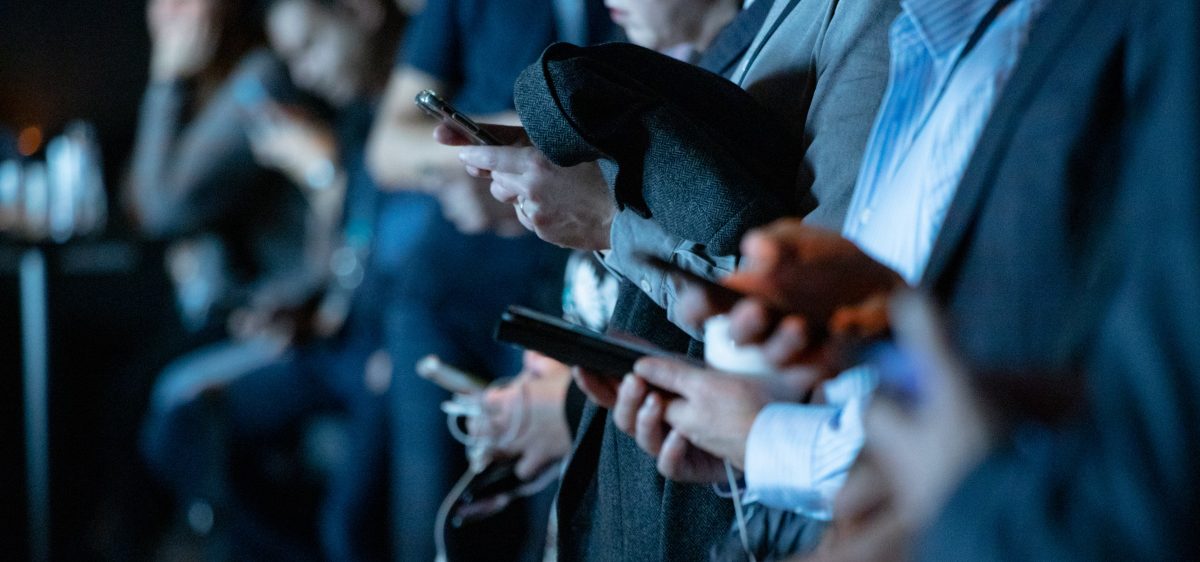 I’m almost always multi-tasking. Whether I am switching gears at work or juggling simultaneous projects at home, I’ve always enjoyed having a lot on the go. Even as I write this blog, I am texting my sister, making apple oatmeal (mmmmm!) and perpetually putting on another record. Nowadays, we all live varying degrees of multi-channelled lives in a world where we rarely turn off.
I’m almost always multi-tasking. Whether I am switching gears at work or juggling simultaneous projects at home, I’ve always enjoyed having a lot on the go. Even as I write this blog, I am texting my sister, making apple oatmeal (mmmmm!) and perpetually putting on another record. Nowadays, we all live varying degrees of multi-channelled lives in a world where we rarely turn off.
Average attention span is getting shorter.
A few years ago, studies warned that our collective attention span is now behind that of a goldfish: we allegedly sit around 8 seconds. While this may be true, it’s not the only measure to consider.
Microsoft Canada issued a thorough study about Attention Spans, that measured attention span beyond just length (don’t worry, there is an executive summary page for those of us that don’t have the “attention span” to read all 52 pages!).
Not surprisingly, it shares statements like “long-term focus erodes with increased digital consumption, social media usage, and tech savviness.” But it’s not all bad—promise! While our attention span might be shrinking, it’s also evolving.
More screen time leads to changes in attention span.
Between mobile, desktop, TV and traditional media, we are connected from the moment we wake up, constantly throughout the day and right back into bed again. The sheer volume of content we’re exposed to has skyrocketed in the last 10 to 15 years—a special attribution to those precious little “computer phone things” (as my dad calls them) that are always at our fingertips.
With more screen time and more screens, the opportunities to connect with audiences are wildly increasing. Thanks to this information overload, we’re learning to intake information faster.
New brain, who dis?
It’s pretty darn cool to see the differences the digital era is making in our brains and our behaviour. We are witnessing evolution! These changes show we’re getting better at consuming multiple things at once, in shorter bursts. And the more experience you have consuming digital the better you are at this.
“Canadians with more digital lifestyles are better at simultaneously processing information from different sources.” – Microsoft Attention Spans Research Report
Even though length of attention span is down, our ability to switch tasks is up. We’re now more efficient at encoding to memory. Our collective attention span may be getting shorter or perhaps, more accurately: it’s quicker.
What does this mean for marketing?
Reaching audiences with scattered attention spans isn’t easy but marketing is doing a pretty good job to catch up. Some top takeaways for how marketers can build better connections with consumers include:
- Go cross-channel. Reach consumers across multi-screen environments to build immersive experiences and combat our decrease in ability for sustained attention.
- KISS: Keep it simple, stupid. Get to the point clearly and quickly to ensure important messaging is easily absorbed.
- Target to make it relevant. Get your message in front of audiences that are more likely to find it relevant with advanced targeting.
- Build real connections. Use emotion and stories to gain deeper ties with your audiences.
- Stand out or get moving. Leverage arresting imagery or video / rich media to capture attention.
- Don’t frustrate users. Ensure quality interactions extend to the whole experience, including more technical attributes, like load time, effective UX and formatting.
Attention span has more complex measures.
Asking “how long is our attention span” is far too one-dimensional. It’s not just shrinking, our collective attention span is evolving to show more capabilities of how we can intake info. As the average consumer spends more and more time in our fast-paced digital spaces, we’re bound to see even more changes to come.
